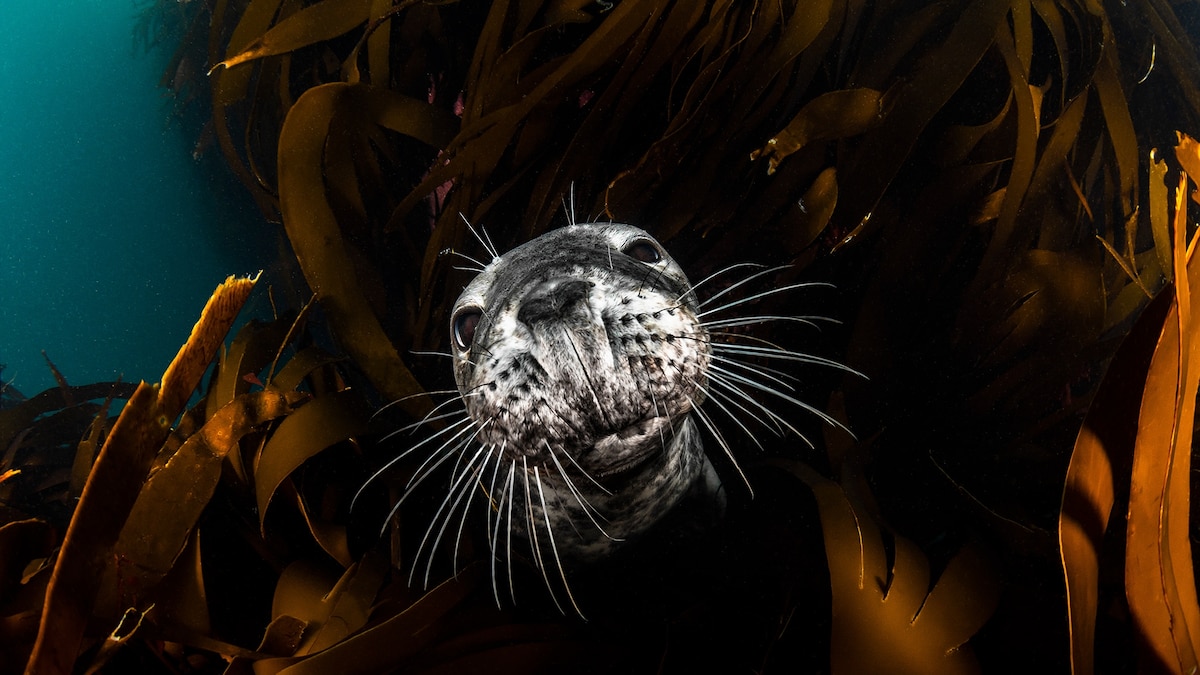Now Reading: How do you save a language from extinction?
-
01
How do you save a language from extinction?
How do you save a language from extinction?

In 1996, linguist Marja-Liisa Olthuis had a difficult decision to make. Should she speak to her newborn daughter in Finnish or Inari Sámi, the endangered language of her Indigenous community?
With only a few hundred speakers left, Inari Sámi was rarely heard outside a handful of families. Finnish, spoken by millions, would have been the easier choice—especially since Olthuis had moved away from Lapland. But she knew that if her daughter didn’t learn Inari Sámi at home, she might never learn it at all.
“I decided that I would speak to Sofia, my daughter, in Inari Sámi,” Olthuis said. “And that’s how it all started.”
This choice helped spark a decades-long movement to revive a language at the edge of extinction.
The importance of language
For the Sámi, language is more than communication—it’s central to identity. Inari is part of Sápmi, the historic Sámi homeland spanning northern Norway, Sweden, Finland, and Russia. Among its Indigenous communities, the Inari Sámi (Aanaar Sámi) have lived in what is now Finland the longest.
“As many as nine Sámi languages are spoken across Scandinavia, Finland, and Russia,” says Taija Aikio, a spokesperson for Inari’s Siida Museum. “Three of these languages are spoken in Finland—Northern Sámi, Skolt Sámi, and Inari Sámi. All are endangered, and in the 1990s, Inari Sámi was almost gone.”

Tuula Airamo carries on the herding traditions of her Sámi ancestors at her reindeer farm by Muttus Lake in Inari, Finland. As the Inari Sámi language experiences a revival, cultural practices like reindeer husbandry remain a vital link to the past.
Photograph by Nano Calvo, VWPics/Redux
The decline began in the 17th century when Swedish colonial rule imposed taxation and Christianization on the Sámi. By the 1920s, newly independent Finland introduced compulsory education policies discouraging Sámi languages.
“Children were sent to boarding schools and often not allowed to speak Sámi even amongst themselves,” says Aikio. “They could get punished, even beaten sometimes.”
World War II delivered another devastating blow. During the Lapland War of 1944, Nazi forces, retreating from Finland, razed nearly every building in the region. Most of Lapland’s civilian population, including the Sámi, were evacuated to central Finland or Sweden.
“When the Sámi people came back from evacuation, they realized that a lot of their history was lost. We needed a place to store what we had left and recover items that had traveled beyond Sápmi’s borders to bring them back home and preserve them for future generations,” says Aikio. The Siida Museum was founded in 1963 for this purpose.
However, while artifacts, traditional clothing, and archaeological findings can be preserved under glass, language requires speakers to survive.
Once the dominant group in the region, Inari Sámi speakers saw their numbers decline as migration and Finnish influence grew. After the war, many families returned, adopting Finnish as their primary language and passing it on to their children. By the 1990s, the number of speakers had dropped to just 350, most of them over 70 years old.
What you lose when a language disappears
“In 1986, there were only four children left speaking Inari Sámi,” says Olthuis. “We have to thank Matti Morottaja and Ilmari Mattus for teaching the language to their children and starting the Anarâškielâ servi, the Inari Sámi Association.” The organization became the foundation of the language revival movement.
In 1997, the association launched Finland’s first Sámi language nest in Inari, inspired by a Māori model from New Zealand. These full-immersion kindergartens surrounded children with the language from an early age.
But a single language nest wasn’t enough. “With so few people speaking Inari Sámi, who was going to teach the children and speak to them outside the nest?,” says Olthuis.
The first language nest created about 40 new speakers in its first decade, but with just two teachers, expansion was difficult. The association realized that saving Inari Sámi required adult learners—not just children.
Reclaiming a lost generation of speakers
In 2007, Olthuis became the first person to defend a doctoral thesis in Inari Sámi. Instead of stopping there, she developed a language education program at the Research Institute for Languages of Finland to rebuild the lost generation of adult speakers. Her Complementary Aanaar Saami Language Education (CASLE) program took an innovative approach. Rather than focusing on the few remaining native speakers, it trained non-native professionals willing to use the language daily and teach it after completing the program.
The program brought tangible results: CASLE graduates allowed two more language nests to open—one in Inari and one in Ivalo—helping create a stable new base of young speakers.
“We’ve seen a reversal of sorts. Until not long ago we didn’t have speakers; now we even have foreigners coming to us to learn. I like working with these language learners. I value every person who learns the language and works with it,” says Olthuis.
Today, Olthuis estimates that about 500 people can speak Inari Sámi, and the number continues to grow. In 2013, she published the book Revitalising Indigenous Languages: How to Recreate a Lost Generation to share the details of the revitalization project with other Indigenous communities worldwide.
The future of Inari Sámi
When Fabrizio Brecciaroli first moved to Finland from Italy, he knew little about the Sámi languages. “I had never even been to Inari when I started studying Inari Sámi. I’d never met a Sámi person in my life.”
Little did he know that 20 years later, he would become one of the leading figures in the Inari Sámi revitalization movement.
He originally planned to spend a semester in Tampere, then return home to finish his engineering studies. But after meeting his husband, he stayed in Finland, became fluent in Finnish, and transitioned into freelance translation.
A decade later, he discovered a five-year online course in Inari Sámi offered by the University of Oulu. “I became the first Italian to learn Inari Sámi and one of the few foreigners to get a master’s degree in the language,” says Brecciaroli.
By 2019, Brecciaroli was working with Marja-Liisa Olthuis, taking over publishing activities for Anarâškielâ servi, which had shifted its focus from language nests to books, newspapers, and digital tools. He is now the editor of Anarâš Aavis, the only daily newspaper in Inari Sámi, launched in 2023. The publication releases at least five issues per week, alongside a print magazine for association members. Additionally, they translate a variety of books for both children and adults.
Technology is also playing a growing role. “We are now developing a digital spell-checker and a grammar checker in collaboration with the Arctic University in Norway,” says Olthuis. “It’s a slow process, but it works. This job is not for pessimists. You just keep going.”
Brecciaroli also leads efforts to expand Wikipedia content in Inari Sámi, which launched in 2020. “We now have 6,050 articles published in Inari Sámi,” he says.
Some help is coming from the outside as well. The University of Tartu in Estonia created the first digital translation software to translate 23 Uralic languages, including Inari Sámi (and Estonian).
“A lot of culture depends on language. It’s an important piece of identity. But we don’t worry about losing Inari Sámi anymore,” says Olthuis. “We now have voices on the radio and in the media. We won’t lose this language. My friends and I work for it.”





















